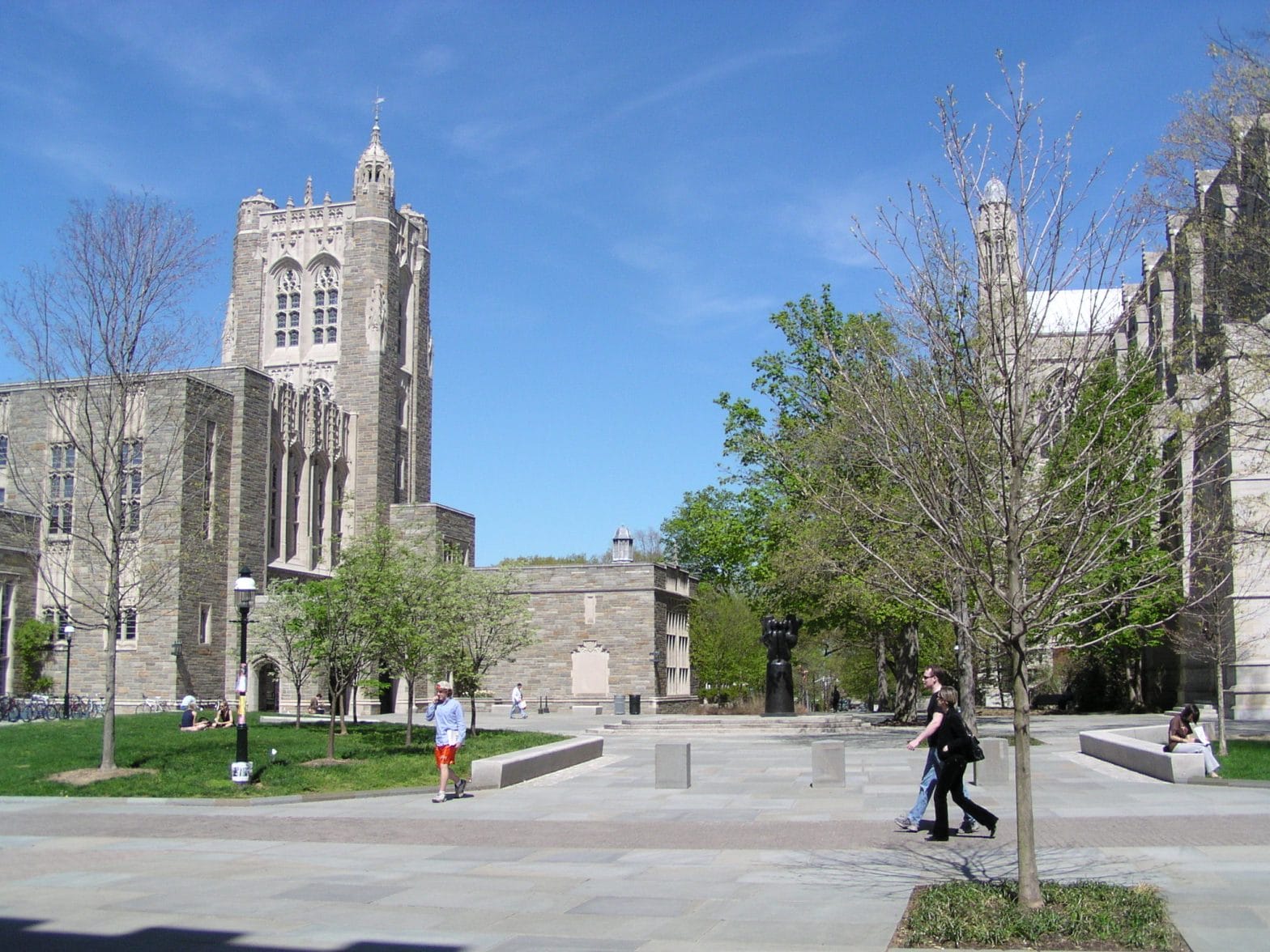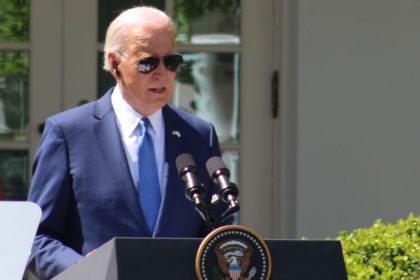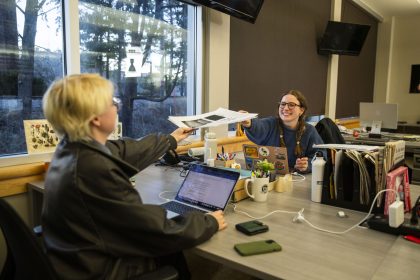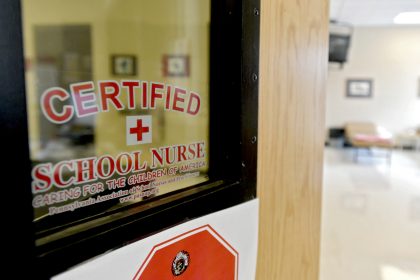House Dems, Republicans See Very Different Future for Pell Grants

WASHINGTON — A pair of House Democrats are urging their colleagues to revamp the federal Pell Grant program, tying it to the nation’s inflation rate in a bid to tame the rising cost of higher education.
But even as they press forward with their plan, a senior fellow at a Washington think tank focusing on economic inequities in American society, questions whether the bill is the right fix for what ails the education system.
Meanwhile, a contingent of House Republicans envision an entirely different future for the popular grant program: expanding it to help pay for an array of workforce training programs.
Rep. Susie Lee, D-Nev., who reintroduced the Pell Grant Sustainability Act along with Rep. Sean Casten, D-Ill., was herself a Pell Grant recipient in college and worries that they now cover, in her words “the smallest share of tuition ever.”
“My career has been dedicated to improving education outcomes for our most at-risk students, so I know that rising education costs are forcing students to take on crippling debt or abandon their education altogether,” Lee said in a statement posted to her website.
She went on to say she reintroduced the bill, which languished in the last Congress, “so Pell Grants can get back to doing what they were intended to do — making the dream of affordable higher education a reality for every American.”
Casten struck a similar chord.
“With college tuition skyrocketing and working families’ wages stagnating, it’s becoming nearly impossible for many students to pursue higher education,” he said in the same release announcing the bill’s revival.
“Our Pell Grant system has made major inroads to help Americans of all backgrounds earn their degrees, but this success will not be sustained if the value of these grants continues to diminish as costs rise,” he added.
The lawmakers noted that 50 years ago, the total maximum Federal Pell Grant covered more than 80% of base educational costs at public four-year institutions of higher education.
By the academic year 2020-2021, the maximum Pell Grant covered less than 30% of those costs, they said.
The bill has been endorsed by, among others, the American Federation of Teachers, National Education Association, American Association of Colleges and Universities, National Association of Student Financial Aid Administrators, Institute for College Access and Success, National College Attainment Network and the Institute for Higher Education Policy.
But Preston Cooper, a research fellow working on higher education issues at the Foundation for Research on Equal Opportunity, a Washington-based nonpartisan think tank, doesn’t believe the Pell Grant Sustainability Act is the right way to address the challenges in higher education.
“The maximum Pell Grant has been raised several times in recent years, including a $500 increase in 2023-24, to $7,395,” he said.
The problem, in Cooper’s view, is that colleges often capture a portion of these Pell Grant increases by raising their tuition, so students don’t realize the full benefit of the increases in the grant.
“Taxpayers then have to spend even more to boost the Pell Grant, and it often feels like the system is running faster just to stay in place,” he said.
As an alternative, Cooper has proposed increasing Pell Grants only for higher education programs that show a high return on investment — meaning that their programs deliver high earnings for an affordable price.
“This will ensure that colleges cannot simply capture the money that the federal government provides; they will actually have to produce an education of value if they want the additional Pell dollars,” he said. “The proposal is fully paid for through an assessment on colleges where students are failing to repay their federal student loans.”
At the same time, Cooper said in an email to The Well News, steps should be taken to ensure that alternatives to traditional higher education, such as workforce training and apprenticeships, operate on a level playing field with traditional colleges with regard to federal funding.
“For instance, Rep. Elise Stefanik’s PELL Act would allow Pell Grants to be used for workforce training programs that show a high return on investment,” he said. “This would give more students access to postsecondary options that may be more affordable and more relevant to their careers than a traditional college.”
Stefanik, R-N.Y., and several of her Republican colleagues — Reps. Virginia Foxx, R-N.C., Jim Banks, R-Ind., Ashley Hinson, R-Iowa, and G.T. Thompson, R-Pa., introduced the Promoting Employment and Lifelong Learning Act in January.
In a joint statement they said their bill would expand the use of the Pell Grant to “skills-based programs that provide the type of high-quality credentials that students want and our economy demands.”
“For too long, the college-for-all mentality drove Americans toward expensive and often ineffective education pathways, saddling them with debt they cannot repay and degrees with little value in the job market,” they said, adding, “Taxpayer dollars need to be more effective in aligning education opportunities with our workforce needs.”
The PELL Act was referred to the House Committee on Education and the Workforce on Jan. 25. The Pell Grant Sustainability Act was referred to the House Committee on Education and Labor on Feb. 1.
Dan can be reached at [email protected] and @DanMcCue
























